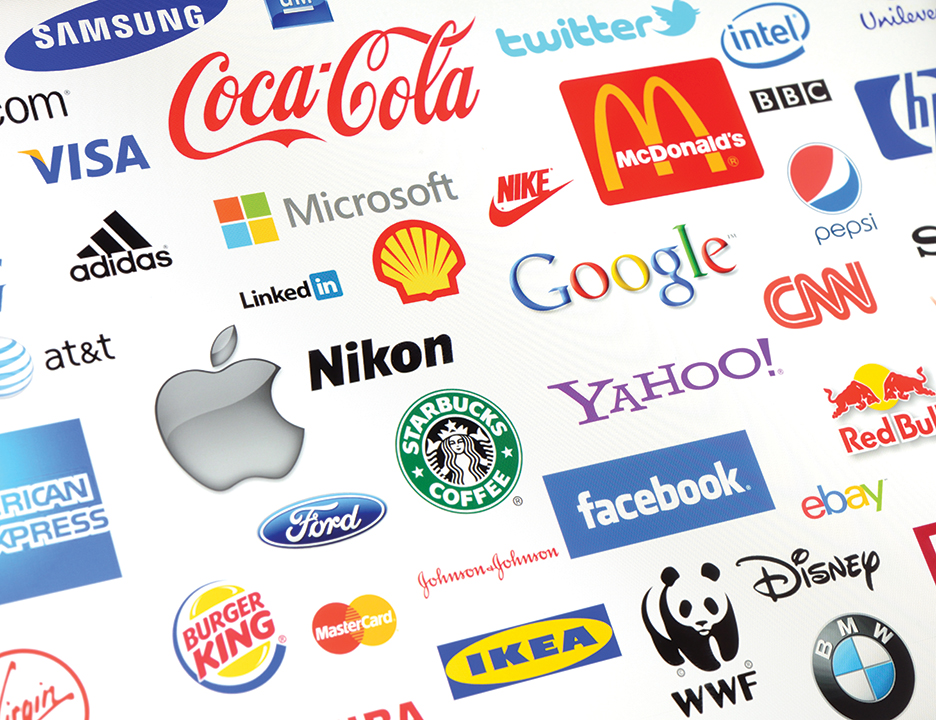Investment Outlook: First Quarter 2022 - Fingerprints of a Great Business

Dusting for the fingerprints of a great business
At Beese Fulmer, we are constantly on the hunt for high-quality businesses. On top of the 500 tenants in the S&P 500 index, there are around 6,000 stocks currently trading on the NYSE and Nasdaq. Naturally, we must narrow our scope to spend time researching only top-tier companies. We believe that the best businesses all have distinct competitive advantages, and so we focus on identifying those advantages.
There is no quantitative metric to measure exactly how many competitive advantages a firm has, and so we must hunt for clues about their existence. Data points from financial statements provide the perfect place to start pointing our magnifying glass. I will focus on one metric we find to be a sure symptom of a great business: high gross margins.
A gross margin represents a firm’s sales after subtracting the direct costs incurred in producing a good or service. For example: if McDonald’s sells a hamburger for $4, and the ingredients cost $3, then the gross profit would be $1 and the gross margin would be 25%. Finding a business with persistently high gross margins compared to peers is like finding a fingerprint identifying that business as one with a durable competitive advantage.
McDonald’s had an average gross margin of 49% over the last 5 years. Yet, in that same period, Wendy’s averaged a 32% gross margin. Clearly, McDonald’s can operate more profitably than Wendy’s. This leads us to wonder what factor under the hood allows McDonald’s to stay ahead in such a competitive industry, and indicates that we should investigate if McDonald’s has the makings of a quality investment for our clients.
After conducting extensive research into McDonald’s operations, we believe that the key is real estate. McDonald’s owns much of the land on which its franchised restaurants are located. More than 50% of McDonald’s total revenue is derived from rent paid by the franchisees. The cost to maintain the land is low, and McDonald’s finances its properties at long-term fixed rates, meaning that the gross margin on the rent is structurally higher than the margin on volatile food supplies.
Furthermore, having been in business since 1955, Mcdonald's owns around $30 billion in real estate. Its portfolio of attractive franchise locations costs very little to maintain and yet can be utilized to great effect by ambitious franchisees. It only costs $1-2 million to start a McDonald’s, compared to the $2.5-3.5 million it costs to start a Wendy’s. By removing the burden of having franchisees purchase real estate, McDonald’s is one of the most attractive franchises to potential franchisees.
Like many quality businesses, McDonald’s primary competitive advantage is difficult to discern at arm’s length. However, by looking at firms with consistently high gross margins, we can find those businesses worth investigating.
